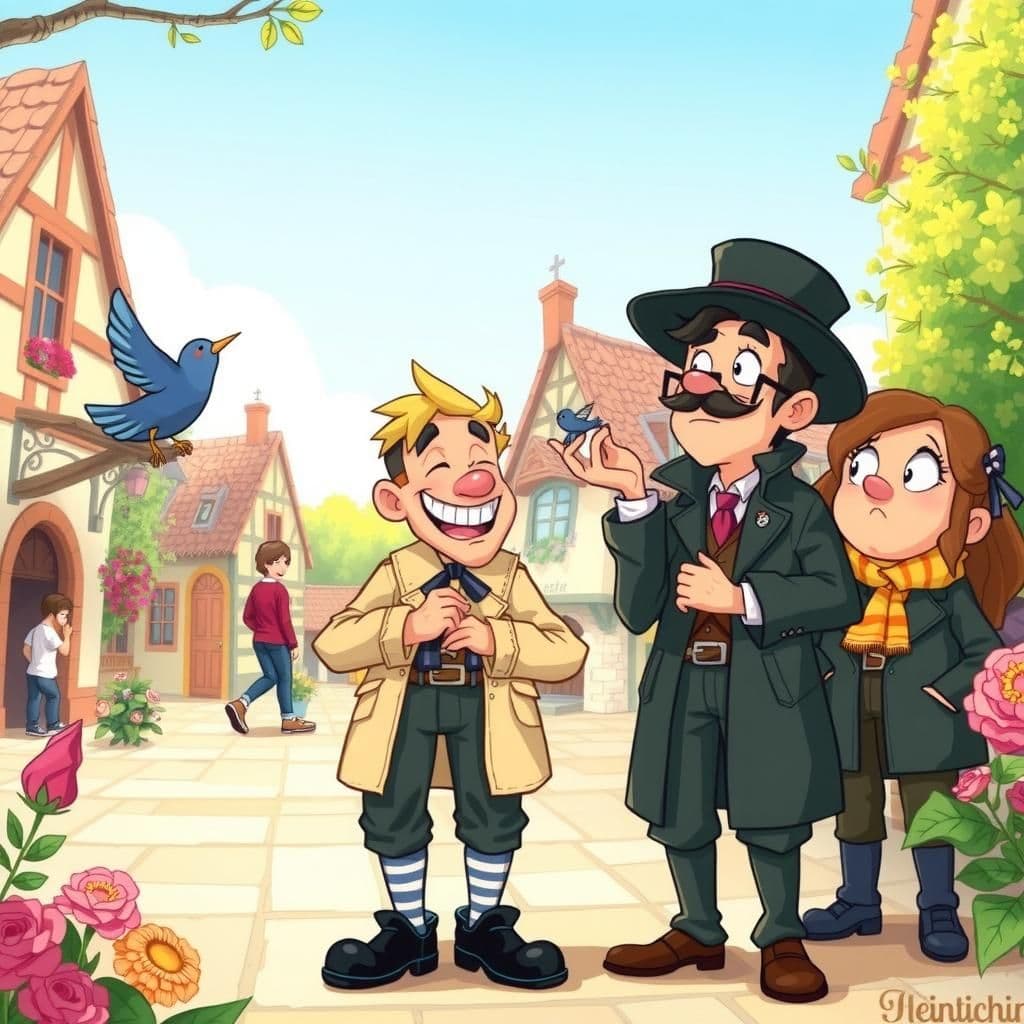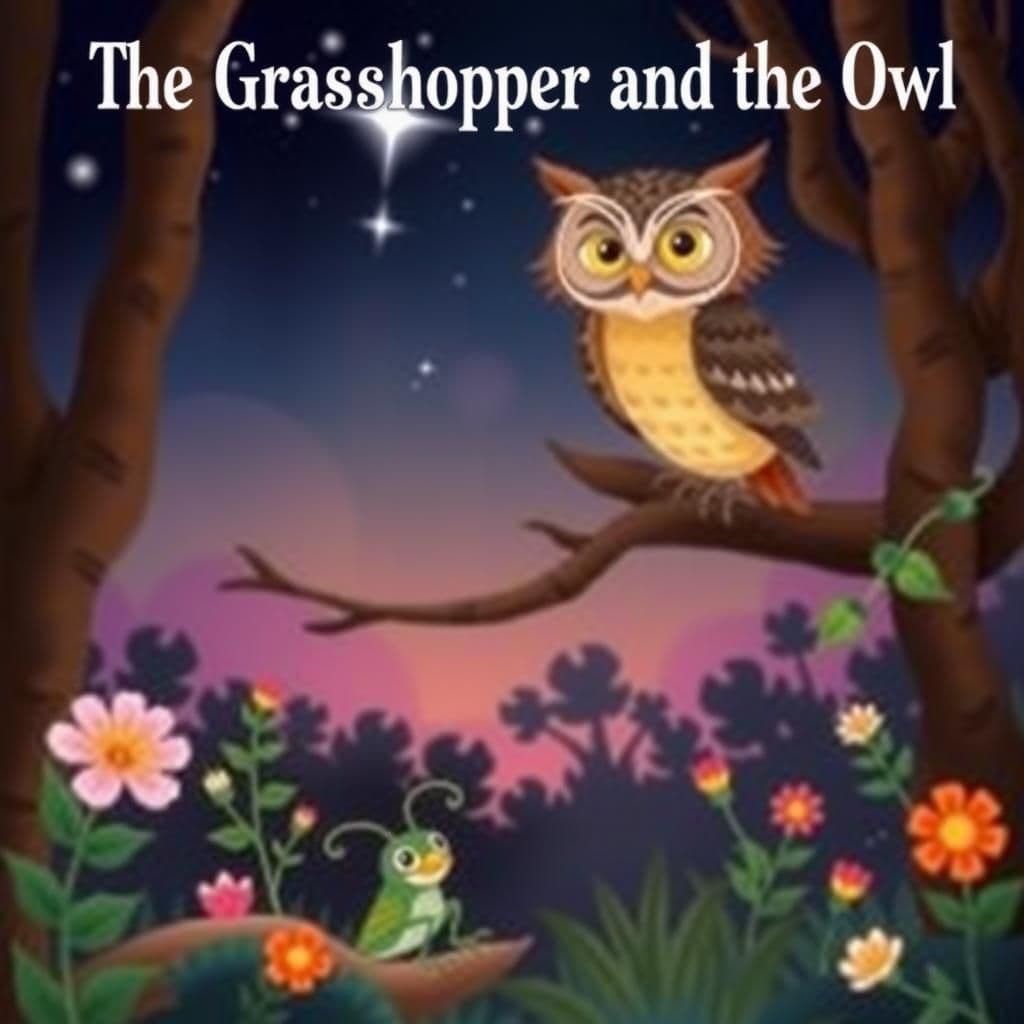The Grasshopper and the Ant

Story Summary
In the thought-provoking moral story "The Grasshopper and the Ant," a hungry Grasshopper seeks food from an Ant during winter, lamenting that his supplies were taken by the Ants. The Ant questions why the Grasshopper did not prepare for the cold instead of spending the summer singing. This short tale with a moral highlights the lessons learned from stories about the importance of preparation and hard work.
Click to reveal the moral of the story
The moral of the story is that one should prepare for the future and not rely solely on others for support.
Historical Context
The story of the Grasshopper and the Ant is a fable attributed to Aesop, a collection of moral tales from ancient Greece that often featured anthropomorphized animals. Its origins can be traced back to Aesop's Fables, which have been retold and adapted across cultures, emphasizing themes of hard work and foresight versus carelessness and indulgence. This particular tale serves as a cautionary reminder of the consequences of not preparing for the future, a lesson that resonates in various cultural contexts throughout history.
Our Editors Opinion
This fable highlights the importance of preparation and responsibility in modern life, illustrating that reliance on others can backfire when one hasn't planned ahead. For instance, a college student who spends all their time socializing rather than studying might find themselves unprepared for finals, only to realize their friends have their own commitments and can't help them at the last minute.
You May Also Like

A Seasonable Joke
In the engaging moral tale "A Seasonable Joke," a spendthrift sees a single swallow and, believing that summer has arrived, pawns his cloak. This easy small story with a moral highlights the folly of hasty decisions based on assumptions, yet ultimately reveals that his belief was correct as summer indeed arrives. This well-known moral story serves as a reminder of the unpredictable nature of life and the importance of prudence.

The Dogs and the Hides
In "The Dogs and the Hides," a group of hungry dogs, frustrated by their inability to reach cowhides in a river, foolishly attempt to drink the river dry. Their overindulgence leads to their demise before they can even get to the hides, illustrating a simple lesson from stories about the dangers of attempting the impossible. This unique moral story serves as an inspirational short tale for children, emphasizing the importance of recognizing one's limits.

The Grasshopper and the Owl
In "The Grasshopper and the Owl," a moral story for kids, an owl, disturbed by a grasshopper's incessant chirping, pleads with her to stop, but the grasshopper ignores her. Lured by the owl's flattery and a promise of nectar, the unsuspecting grasshopper eagerly approaches, only to be deceived and killed. This easy small story with moral teaches valuable lessons about the dangers of vanity and the consequences of ignoring wise counsel.
Other names for this story
"Winter's Lesson, Ant vs. Grasshopper, The Wise Ant, Grasshopper's Regret, Food for Thought, The Singing Grasshopper, Ants and Winter, Lessons in Preparation"
Did You Know?
This story highlights the themes of preparedness and the consequences of one’s actions, illustrating how the Grasshopper's carefree attitude led to its downfall, while the Ant's diligence ensured its survival. It also subtly critiques the idea of blaming others for one’s misfortunes, suggesting that personal responsibility is key.
Subscribe to Daily Stories
Get a new moral story in your inbox every day.